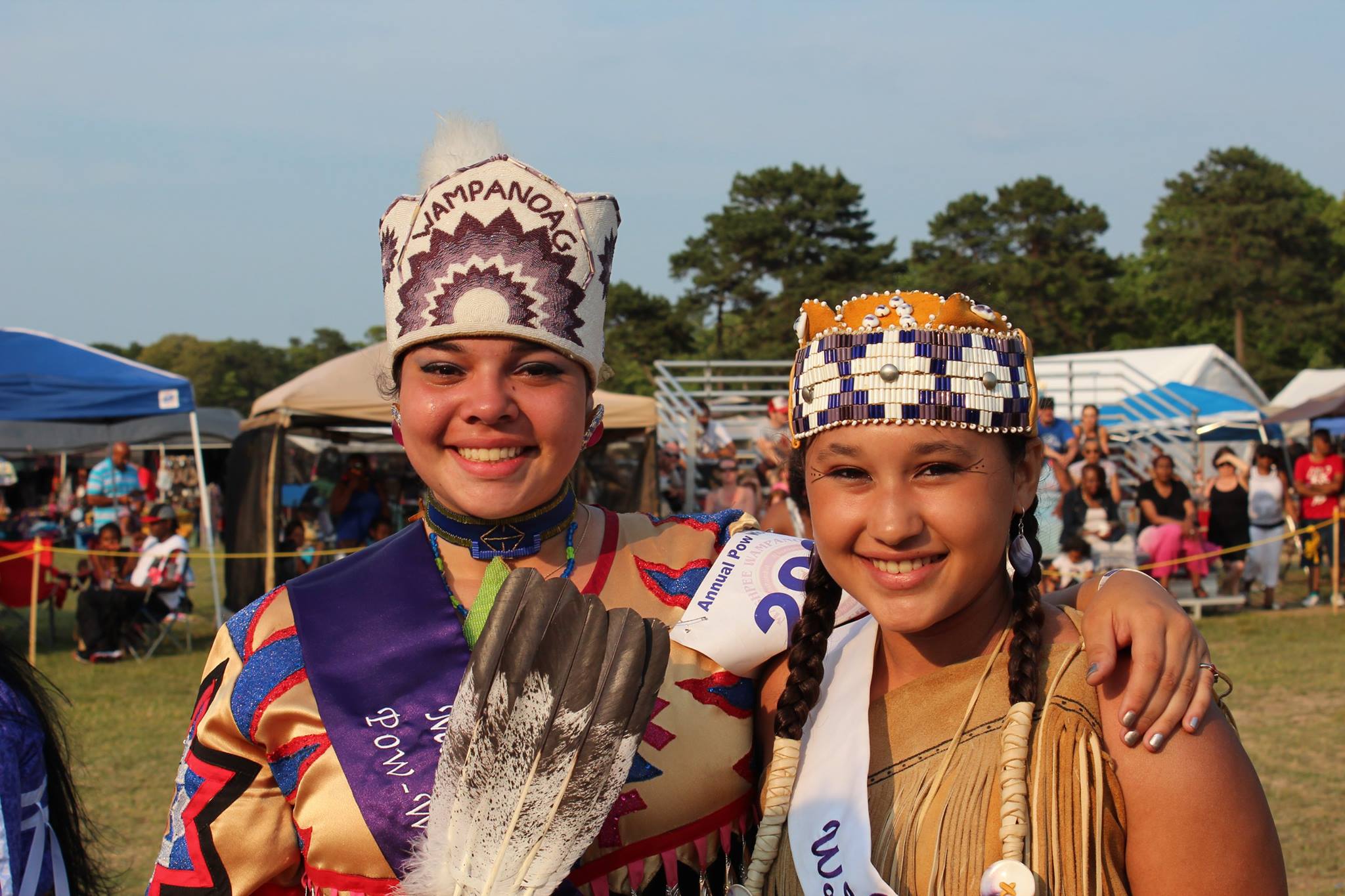Contact between Native and non-Native people is often seen as a singular event at a particular point in time.
Contact is in fact and ever occurring experience between those surviving indigenous peoples in a place and those who continue to arrive and settle within and around indigenous communities. The following is a snapshot timeline of the contact experience of the Mashpee Wampanoag.
Contact Timeline for Mashpee Wampanoag
1616 Traders from Europe bring yellow fever to Wampanoag territory. The geographical area affected was all of the 69 tribes of the Wampanoag Nation from present day Provincetown, MA to Narragansett Bay; the boundary of the Wampanoag and Narragansett Nations. Fully two thirds of the entire Wampanoag Nation (estimated at 45,000) die. This also represents a loss of as many speakers of the language. Hardest hit are Elders and small children; critical age groups for any language. European disease would also place in jeopardy each tribes ability to sustain a population for defense of its territory and culture. tment.
1620 Mayflower arrives in current day Provincetown, MA and then moves across Cape Cod Bay to Pahtuksut (current day Plimouth MA). The Pahtuksut Wampanoag do not approach the Europeans for another three months for fear of more disease being brought ashore.
1632 Missionaries begin to arrive in Wampanoag territory. John Eliot arrives from Cambridge, England and begins to learn the language of the Wampanoag in an effort to translate religious materials into Wopanaotaok (Wampanoag language) for the conversion of Wampanoag to Christianity. This is the first Amer-Indian language to employ an alphabetic writing system in the codification of its language.
1655 Harvard Indian College opens for the purpose of educating Indian youth. Harvard was in financial troubles during this time and felt that if they opened an Indian College they could secure more funding from those benefactors in England. If the Wampanoag population were assimilated to Christianity and moved away from traditional life, the ease with which land could be appropriated would prove profitable.
BLOG COMMENTS POWERED BY DISQUS



